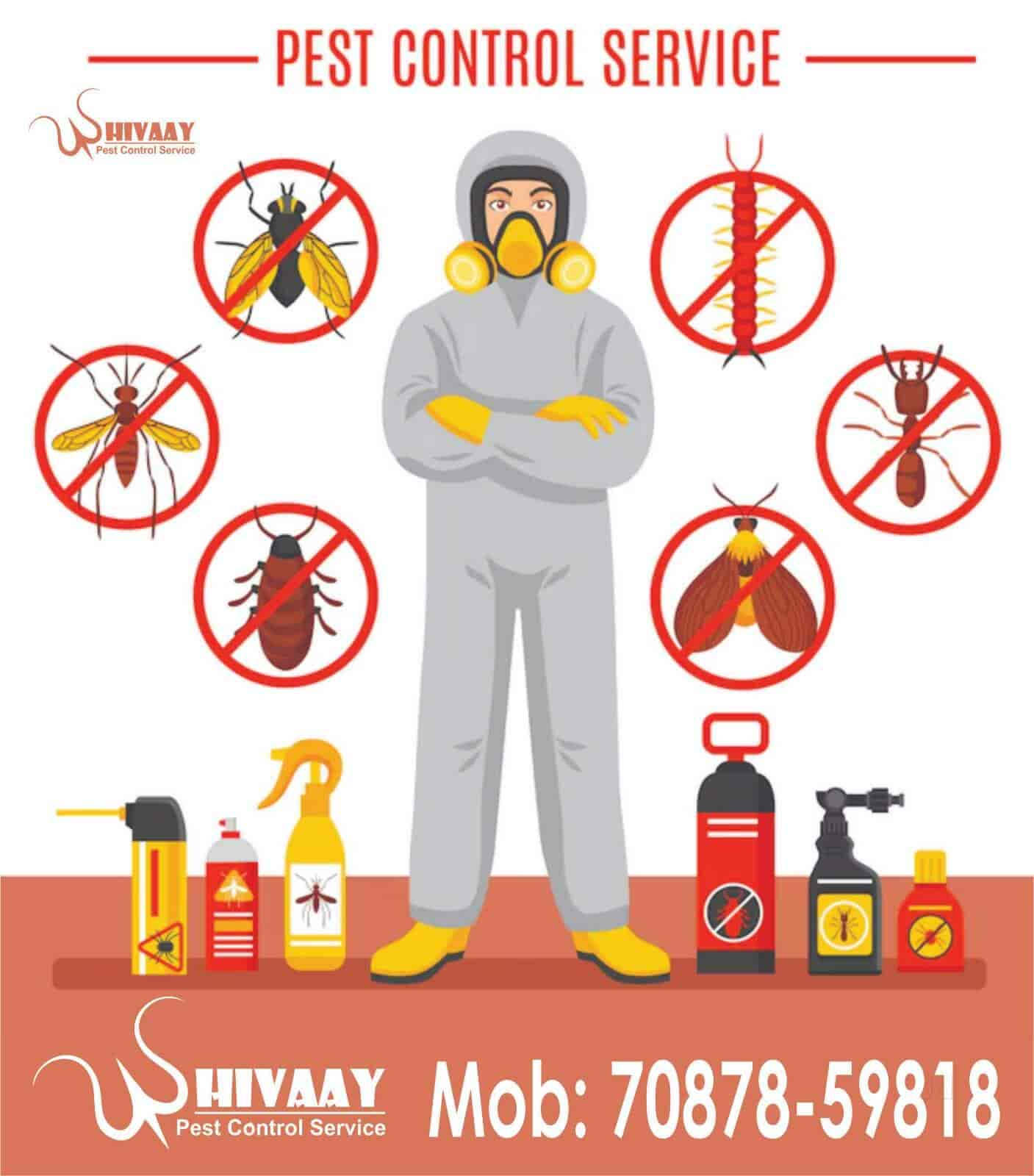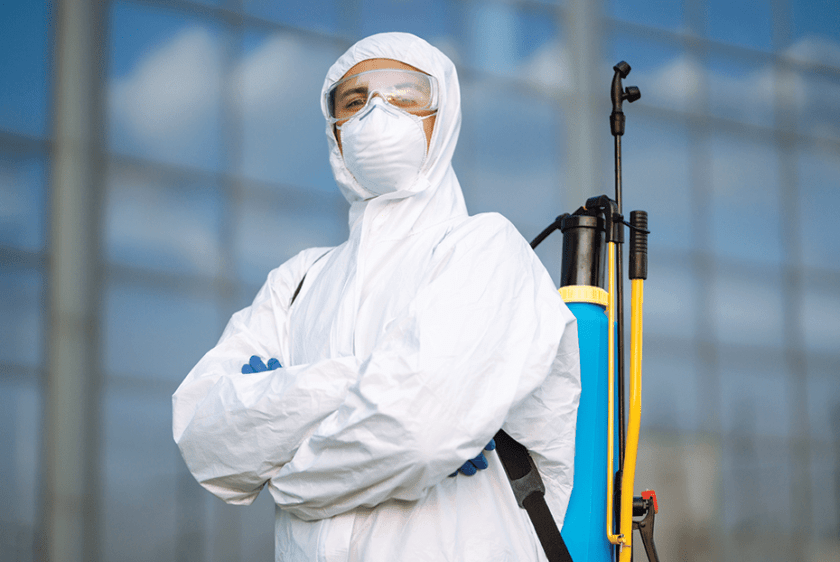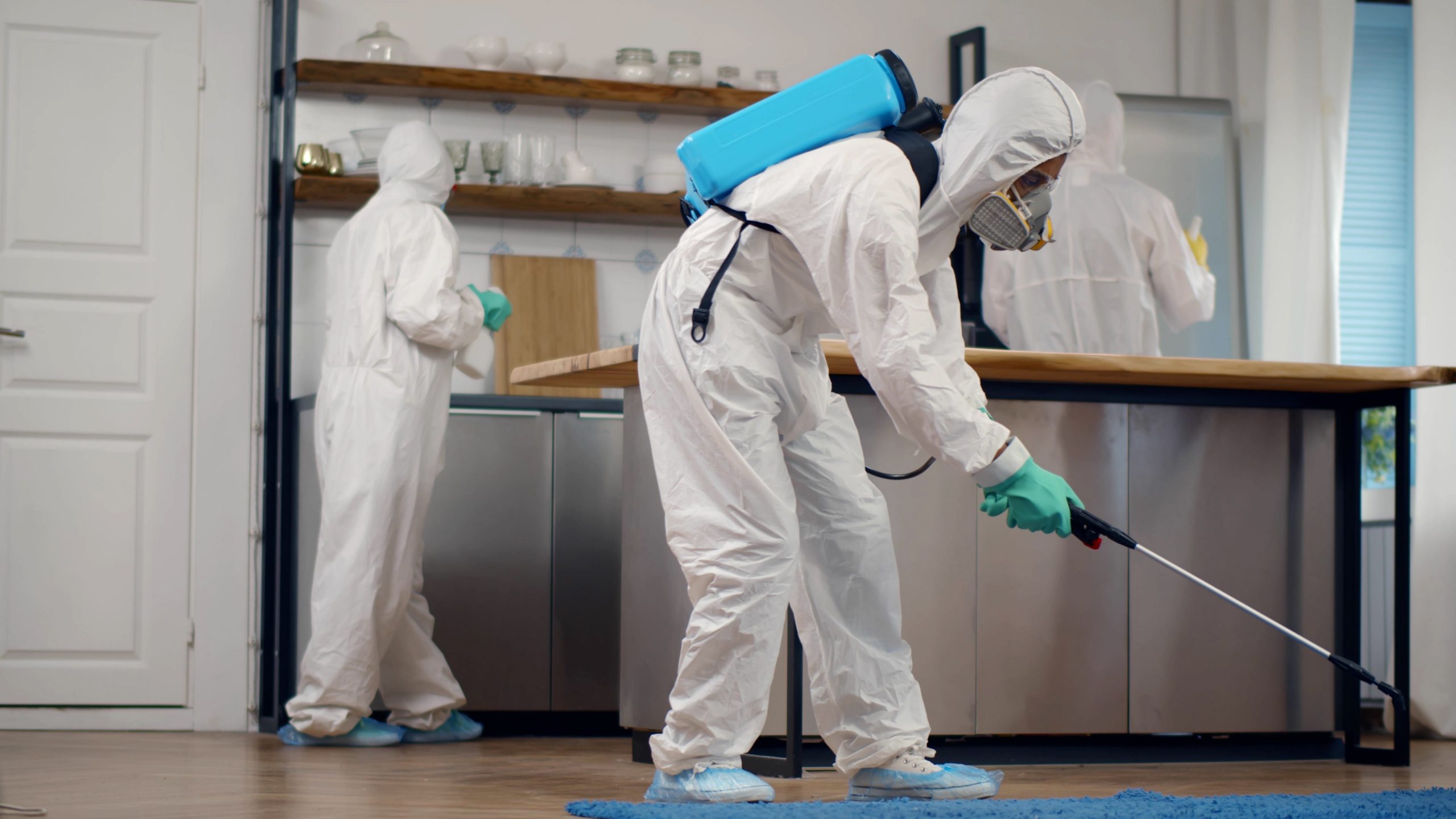Safe and Trustworthy Bug Control for Lasting Protection
Efficient pest administration requires a complex technique that stabilizes eco-friendly stability with the demand for efficient pest reductions. The nuances of these approaches might not be promptly clear, triggering a more detailed exam of the techniques that can lead to lasting pest control results.
Understanding Parasite Control Methods
Pest control includes a variety of approaches aimed at managing and removing unwanted insects and rodents that can threaten both health and home. Understanding these approaches is important for reliable bug management.
The key groups of parasite control methods include mechanical, biological, and chemical approaches. Mechanical methods include physical obstacles and traps to stop parasite access and capture undesirable types. Utilizing screens on home windows or utilizing sticky traps can significantly lower pest populations without presenting unsafe substances - exterminator coquitlam.

Chemical bug control is typically the most acknowledged technique, making use of pesticides to get rid of insects. These chemicals can be efficient yet should be made use of with care to avoid damaging effects on non-target types and the environment.
Advantages of Eco-Friendly Solutions
How can environment-friendly remedies transform parasite control techniques? The adoption of green insect control approaches uses numerous benefits, considerably improving the effectiveness and safety of bug administration.

Another advantage is the favorable impact on regional biodiversity. Eco-friendly remedies are made to target specific insects while maintaining valuable pests and wildlife, promoting a balanced community. This approach aligns with the expanding consumer demand for sustainable practices, improving the credibility of pest control suppliers.
Integrated Parasite Monitoring Techniques
The application of green options naturally leads to the adoption of Integrated Pest Monitoring (IPM) strategies, which additionally improve pest control efficacy. IPM is an alternative strategy that incorporates numerous techniques to handle bug populations while decreasing ecological influence. This approach emphasizes the usage of biological, cultural, mechanical, and chemical controls, making sure a sustainable and well balanced method of pest management.
One fundamental aspect of IPM is the detailed evaluation of insect task and environmental problems. By keeping an eye on bug populations and recognizing their life process, experts can implement targeted treatments that disrupt the pest's habitat or lifecycle, reducing dependence on chemical pesticides. Furthermore, social methods such as crop turning and environment adjustment can considerably lessen parasite establishment and reproduction.
One more critical component is making use of organic control agents, such as valuable bugs or microbes, which can normally subdue insect populations. the pest company When chemical applications are necessary, IPM prioritizes the use of low-risk chemicals and uses them precisely, lessening exposure to non-target organisms and human beings.
Incorporating IPM approaches not only improves insect control effectiveness however likewise advertises a much safer ecological community, lining up with the growing need for lasting techniques in pest monitoring.
Safe Practices for Home Owners
Comprehending the value of safe practices in parasite control can empower property owners to successfully take care of pest problems while guarding their health and wellness and the setting. Executing precautionary steps and non-toxic methods is essential in decreasing direct exposure to dangerous chemicals.
Property owners must initially evaluate their atmosphere for conditions that bring in bugs, such as standing food, clutter, and water waste. Routinely cleansing and sealing entry points can prevent insects from attacking the home. Making use of natural deterrents, such as necessary home insect control service oils or diatomaceous earth, can offer reliable choices to chemical pesticides.
When chemical treatments are needed, home owners should choose for products that are specifically labeled as risk-free for property use. It is necessary to follow application guidelines carefully to stay clear of overexposure. Making use of targeted treatments in areas where insects are identified, instead than blanket splashing, can considerably lower chemical usage.
Last but not least, maintaining open communication with pest control professionals is essential. Property owners should ask about the safety of products used and demand eco-friendly alternatives whenever feasible. By taking on these risk-free methods, house owners can produce a healthier living setting while efficiently handling bug issues.

Tips for Long-Term Defense
Establishing a pest monitoring technique that highlights long-term defense can considerably enhance the performance of the secure methods formerly gone over. To achieve this, house owners should implement normal assessments of their property, focusing on concealed areas such as attics, basements, and crawl areas. Early detection of pest task is essential in preventing infestations from taking hold.
Furthermore, preserving a tidy environment is essential. This consists of appropriate food storage, without delay cleansing spills, and consistently disposing of rubbish. These practices minimize attractants that attract pests into the home. In addition, sealing access factors, such as additional reading cracks around home windows and doors, can successfully obstruct prospective pest accessibility.
Landscaping should also be considered; keeping plants trimmed and preserving a range in between plant life and the home lessens concealing places for pests. Making use of natural deterrents, such as important oils or diatomaceous earth, can additionally discourage infestations without considering rough chemicals.
Lastly, teaming up with a specialist pest control solution for regular evaluations can offer an added layer of safety and security. These professionals can supply tailored recommendations and advanced treatments, making certain that your home continues to be shielded versus insects in the long-term.
Final Thought
In final thought, trusted and risk-free insect control needs a multifaceted approach that emphasizes eco-friendly techniques and incorporated pest monitoring. By executing all-natural deterrents, conducting routine evaluations, and maintaining correct cleanliness, residential or commercial property owners can considerably decrease insect populations while safeguarding useful bugs and the atmosphere. Cooperation with specialist insect control services enhances the performance of these methods, guaranteeing customized services that provide long-term protection and assurance against future problems.
Efficient insect management requires a multifaceted approach that balances eco-friendly honesty with the need for reliable insect reductions. The fostering of environment-friendly pest control techniques supplies many benefits, significantly boosting the efficiency and safety of insect monitoring.The execution of eco-friendly options naturally leads to the fostering of Integrated Parasite Administration (IPM) methods, which additionally boost parasite control effectiveness. exterminator coquitlam. By keeping an eye on parasite populations and recognizing their life cycles, professionals can implement targeted interventions that disrupt the bug's habitat or lifecycle, minimizing reliance on chemical pesticides.In final thought, safe and trustworthy bug control needs a diverse method that stresses environmentally friendly approaches and integrated insect administration